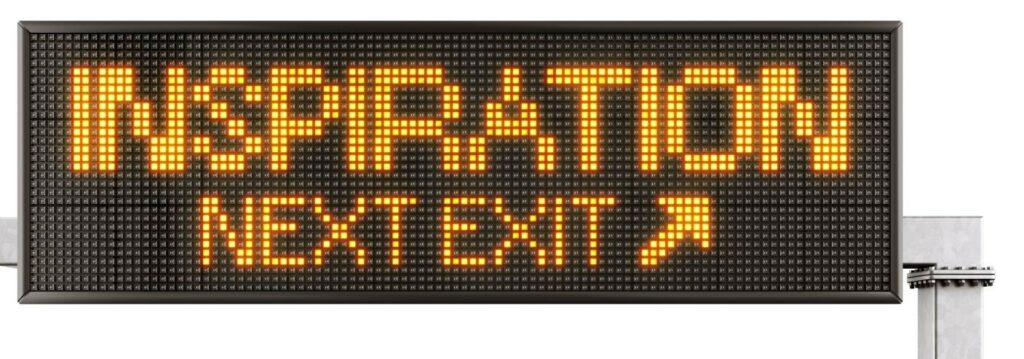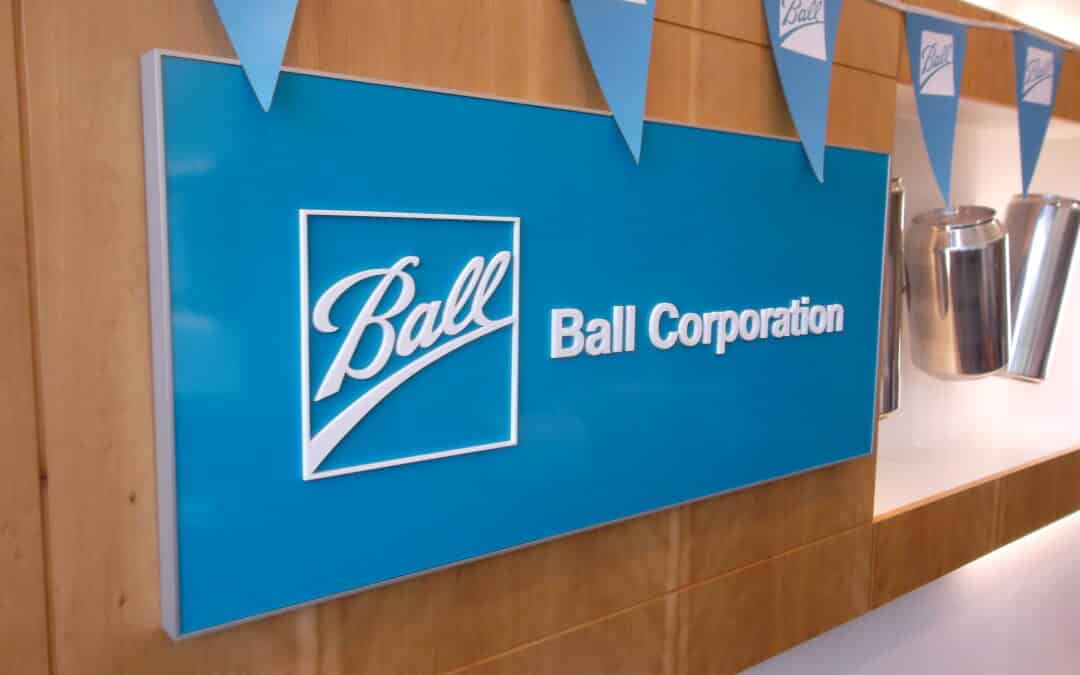The sign-making trade, like many others, has experienced rapid changes in recent years; these include technological advances and a growing focus on environmental sustainability in materials and inks. Delve into the current trends and their implications for the future of signage and graphics industries here.
Massive Office Refurbishment Surge
According to the 2024-25 construction industry forecast from Glenigan, the UK is set for 6% growth in construction during 2024. Some sectors are predicted to decline, such as industrial/warehousing (-9%) and new-build offices (-3%) but a huge surge in office refurbishment is expected. Currently, in London, refurbs account for 91% of all project starts. A shift to hybrid working following the pandemic seems to be a factor contributing to this change. The aim is to make offices more attractive to work in, and the role of signs and graphics to achieve this will be very important.

Printing Technology
UV-cured inkjet printing and latex printing have made it easier to make signs that are vibrant, durable and resistant to UV discolouration and weathering. This not only produces sharper images but also significantly reduces the production time as the ‘cold lamp’ cures a high definition result very rapidly. When the technology of layered printing is utilised with UV curing there is no risk of later blurring or dissolving which boosts efficiency without worries about quality. Sustainability is making progress in the use of less solvent-based inks in the print process.
Imaging And Virtual Reality
Augmented and virtual reality are making their way into the sign-making business so that AR and VR can be utilised to give a representation of how the signage will look in the intended environment. This allows for adjustments to artwork before final production to aid better impact.
For the more creative there have been examples where clients with say a restaurant’s app can be engaged and ‘immersed’ in ways that are fun. These light-hearted actions can be combined with digital discount offers that customers can redeem, driving extra sales.

What About Digital Signage?
We have briefly listed some of the impacts that come from utilising digital signage below:
Increased Engagement:
With their dynamic displays and interactive capabilities, digital signs capture attention more effectively than traditional signs. They can be updated in real-time, which is beneficial for businesses that need to communicate timely messages or promotional offers. Examples of this could be restaurants or cafes that have daily offers or different pricing during the working week.
Cost-Effectiveness:
Always of great importance; the initial outlay for digital signage can be high, but in the long run, it can be more cost-effective. Businesses save on printing costs and can easily change messaging without needing to replace entire signs. Flexibility and future-proofing are valuable assets.

Integration with IoT:
The Internet of Things (IoT) has transformed digital signage as it can interact with other connected devices like smartphones and adjust content based on inputs like changing weather or the time of day.
Enhanced Analytics:
Digital signage solutions often come with analytics that allow a measurement of the effectiveness of their messaging. You can gain insights into customer behaviour and refine marketing strategies to suit.
How Is Good Practice In Sustainability Impacting Signage?
Materials And Waste Factors:
There’s a growing emphasis on using recyclable materials in sign-making and exhibition graphic displays. Materials such as bamboo, recycled aluminium, and other eco-friendly alternatives are becoming more commonplace and reduction in overall material content that can go to waste.
Energy In Production:
Sign makers are adopting energy-efficient routers, machinery, and production processes. This not only reduces the carbon footprint but can also translate to cost savings in the long run.
LED Lighting:
For illuminated signs, many businesses are shifting to LED lighting, which consumes less energy and has a longer lifespan than traditional lighting options.

Eco-Friendly Inks:
The use of solvent-based inks is diminishing as there’s a pivot towards more environmentally friendly alternatives. Water-based inks and UV-cured inks, for instance, have become popular due to their reduced environmental impact.
Recycling Initiatives:
With the movement towards a circular economy, sign makers are also exploring ways to recycle old signage, repurposing materials where possible, and reducing waste.
Our Conclusions
The sign-making industry is undergoing significant changes and by staying updated on trends we can position ourselves and our clients for continued success in our journey.
Stay ahead with our trending signage materials → Sign Systems
Related:


